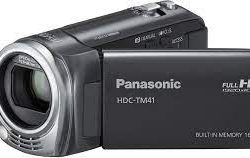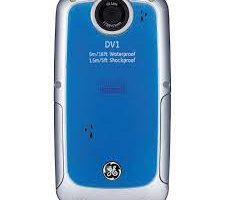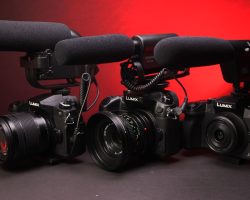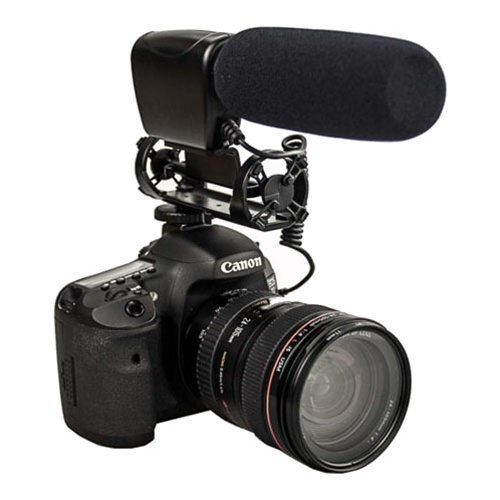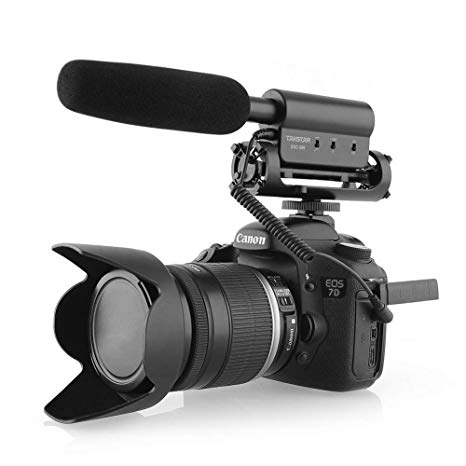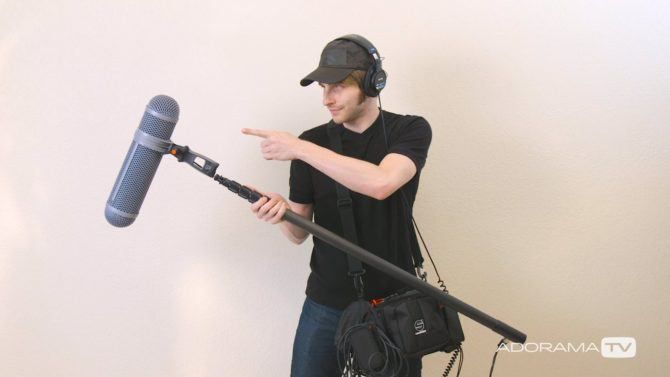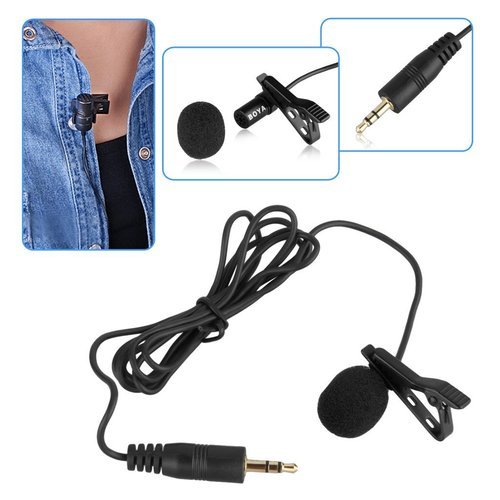
11 Examples Of Template Videos That Crushed It (and Why They Worked So Well)
When it comes to video creation, there are a lot of different ways to go about it. Some people prefer to start with a storyboard and then create the video based on that. Others prefer to start with a script and then figure out the rest. But whatever your preference, here are 15 templates that completely crushed it when it came to video creation!
There are so many different website to free template video download on the internet, it can be hard to decide which one to choose. But, if you want to get the best website to free template video download, then you should choose the one that is the most reliable and affordable. This website is very reliable and it has been tested and proven to be effective.
“How to Make a Simple Home Security Camera Video”
This one was a bit of a departure from the other templates on this list, but it was actually one of the most successful. This one starts by outlining the basics of home security cameras and then goes on to create a video that explains everything you need to know about them.
“How to Make a Custom Website Video”
This one is all about creating a video that is both visually appealing and informative. It starts by outlining the basics of website design and then goes on to walk you through creating a custom video for your website.
“How to Make a Custom Audio Video”
This one was designed for those who want to create custom videos for their website or social media. It starts by outlining the basics of audio production, such as filming and editing. Then, it goes on to create a video that is both informative and eye-catching.
“How to Make a Custom Photography Video”
This one was created for those who want to create custom videos for their website or social media. It starts by outlining the basics of photography, such as shooting and editing. Then, it goes on to create a video that is both informative and eye-catching.
“How to Make a Custom Website Theme Video”
This one is designed for those who want to create custom videos for their website or social media. It starts by outlining the basics of website design and then goes on to walk you through creating a custom video for your website.
“How to Make a Custom Photography Session Video”
This one is designed for those who want to create custom videos for their website or social media. It starts by outlining the basics of photography, such as shooting and editing. Then, it goes on to create a video that is both informative and eye-catching.
“How to Make a Custom Holiday Video”
This one was designed for those who want to create custom videos for their website or social media. It starts by outlining the basics of holiday video creation, such as filming and editing. Then, it goes on to create a video that is both informative and eye-catching.
“How to Make a Custom Photography Session”
This one is designed for those who want to create custom videos for their website or social media. It starts by outlining the basics of photography, such as shooting and editing. Then, it goes on to create a video that is both informative and eye-catching.
“How to Make a Custom Holiday Video”
This one was designed for those who want to create custom videos for their website or social media. It starts by outlining the basics of holiday video creation, such as filming and editing. Then, it goes on to create a video that is both informative and eye-catching.
“How to Make a Custom Website Theme Video”
This one is designed for those who want to create custom videos for their website or social media. It starts by outlining the basics of website design and then goes on to walk you through creating a custom video for your website.
“How to Make a Custom Photography Session Video”
This one is designed for those who want to create custom videos for their website or social media. It starts by outlining the basics of photography, such as shooting and

